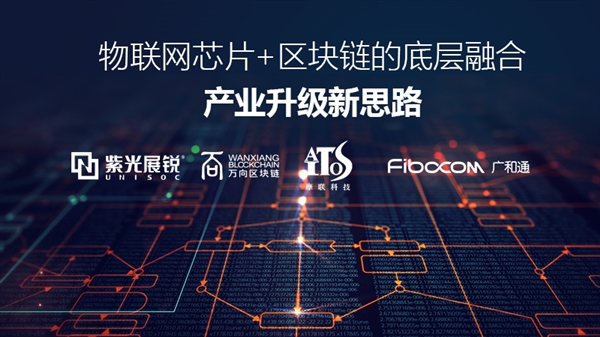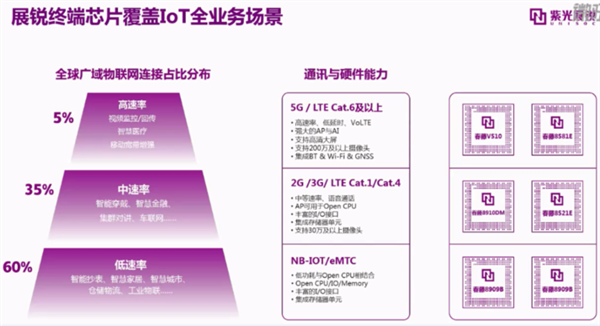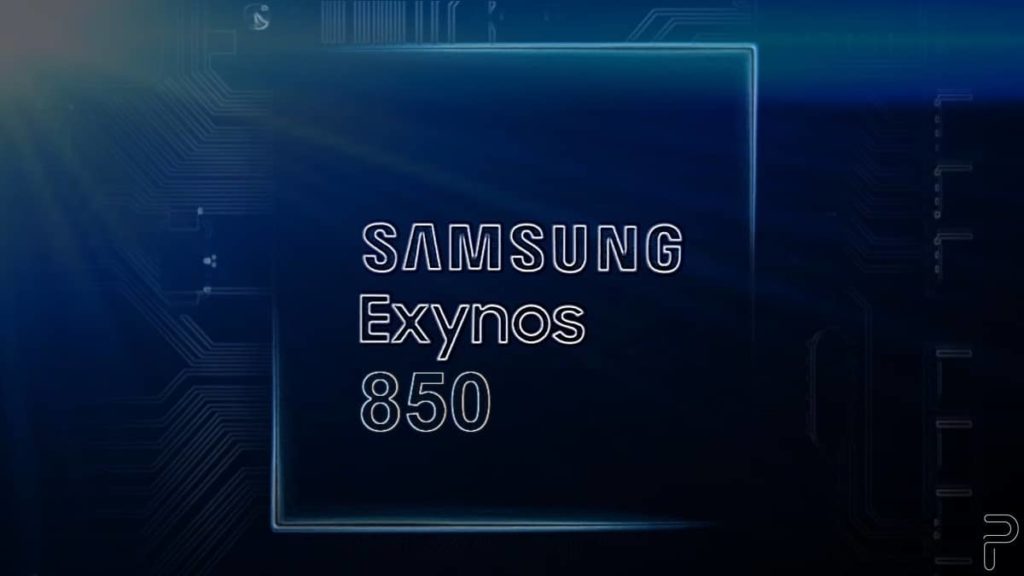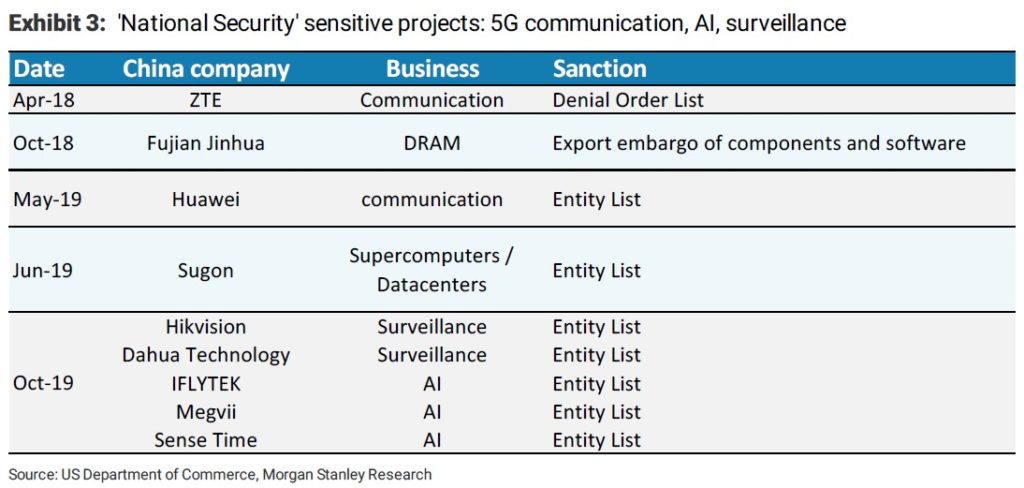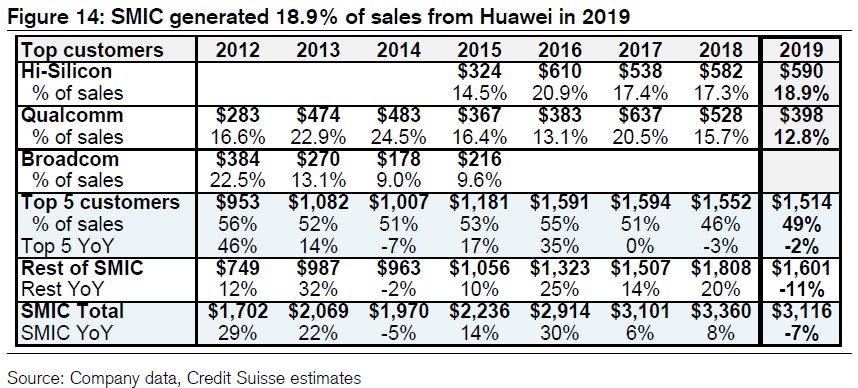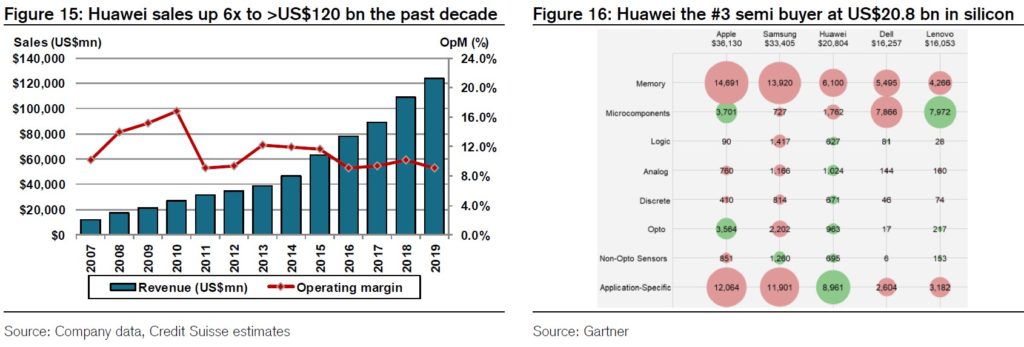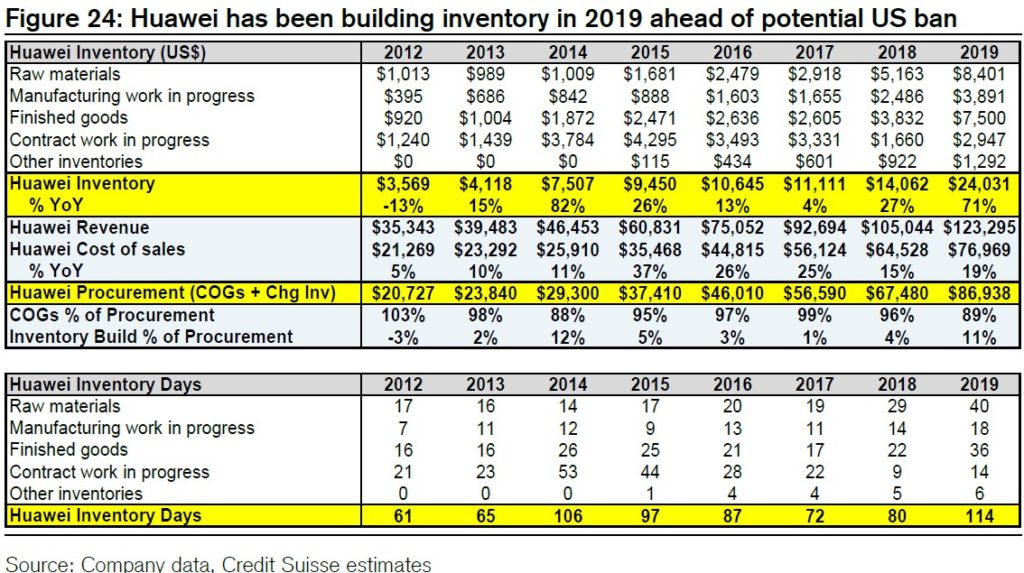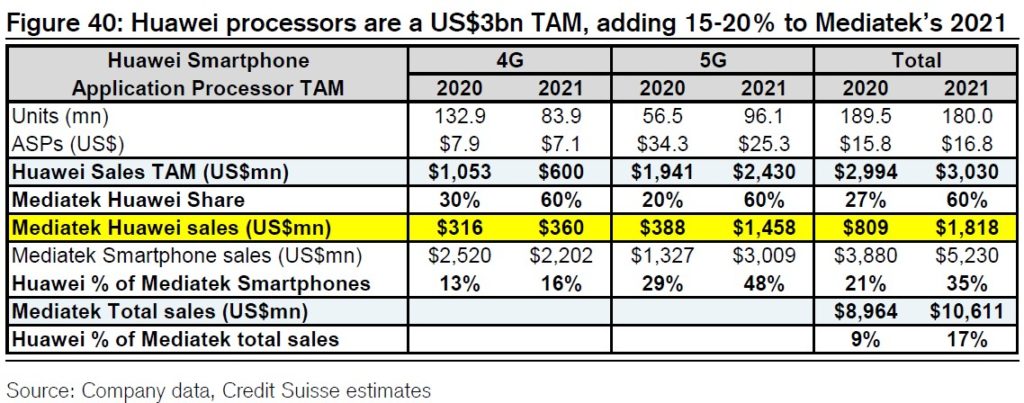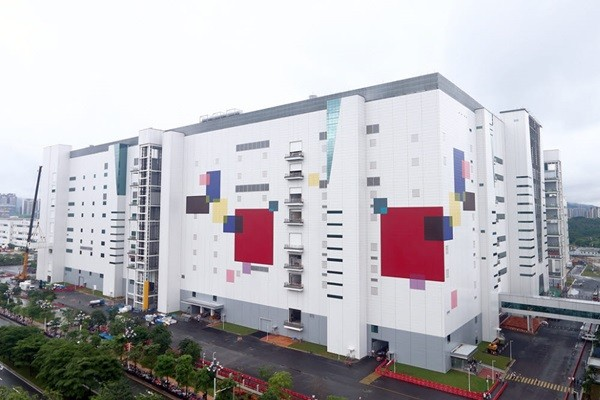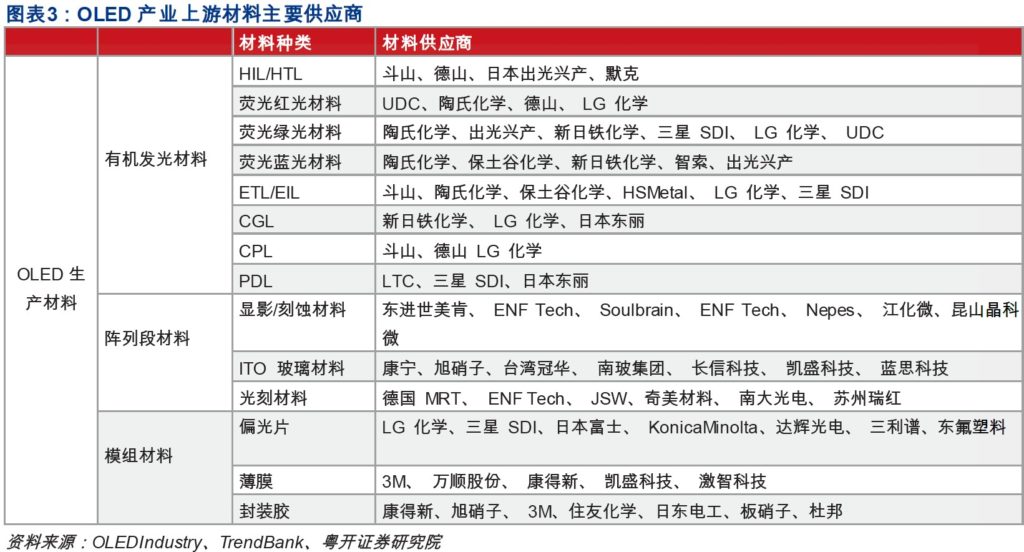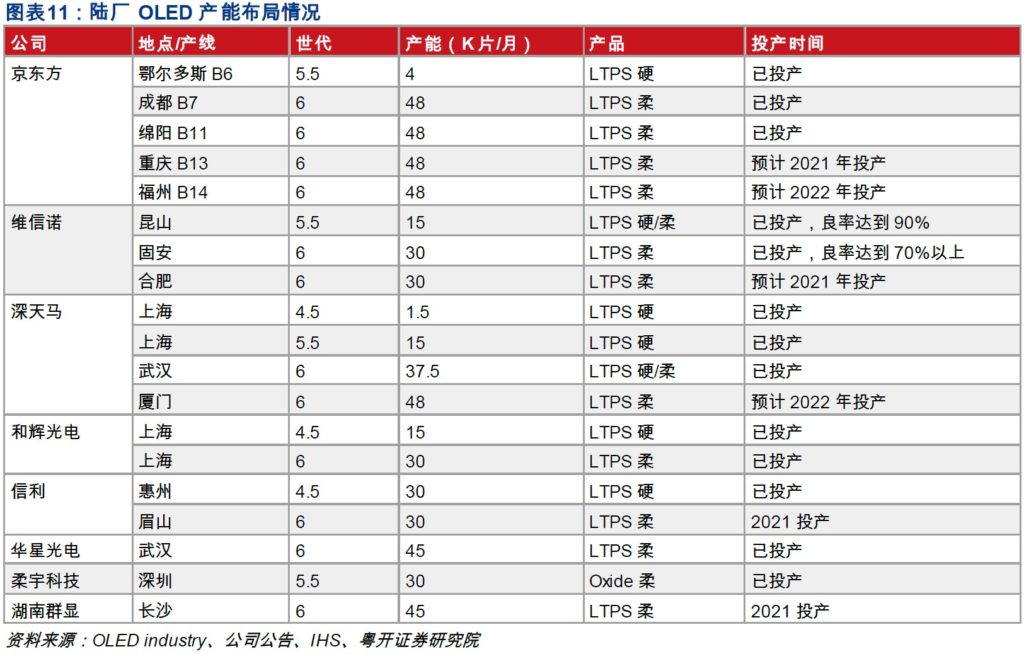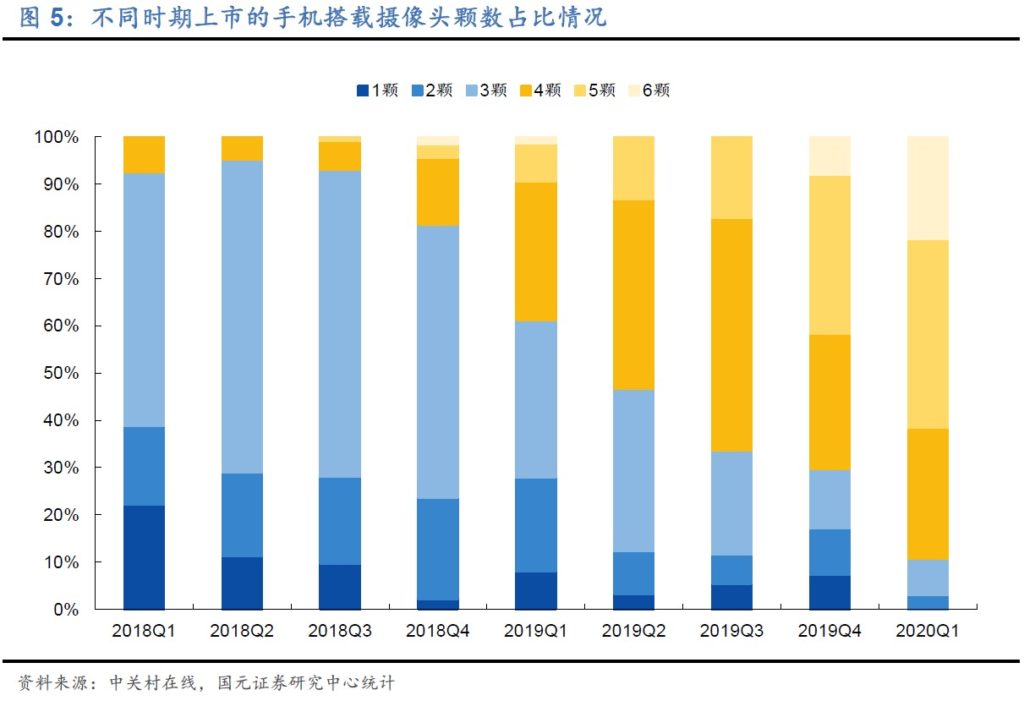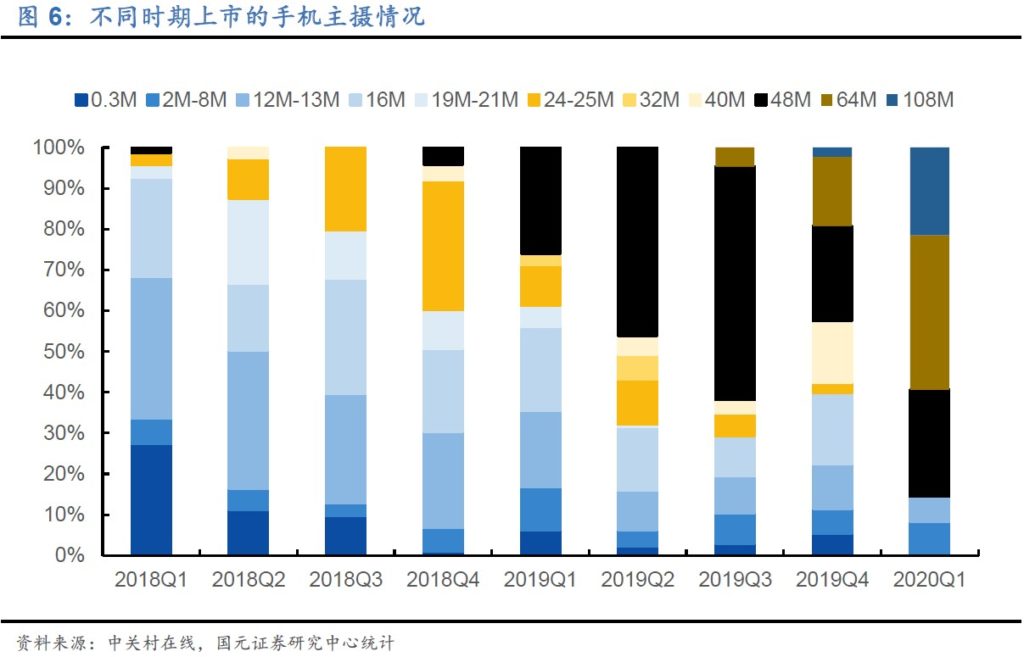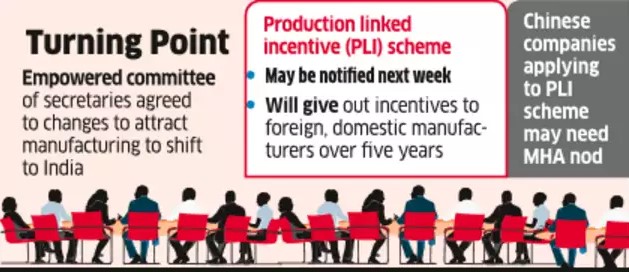
5-31 #Empathy: UNISOC is collaborating with Wanxiang Blockchain, aitos.io, Fibocom, initiating integration innovation of the Internet of Things + Blockchain; Samsung has announced Exynos 850; etc.
Chipsets
UNISOC is collaborating with Wanxiang Blockchain, aitos.io, Fibocom, initiating integration innovation of the Internet of Things + Blockchain, and the deep integration of the hardware chip and the bottom layer of the Blockchain, which has been achieved to build a credible digital infrastructure for the future intelligent digital society. UNISOC has a complete IoT chip layout on the terminal side, and has rich product solutions for eMTC, NB-IoT, LTE Cat.1 BIS, and LTE Cat.4. 3. (My Drivers, IoT Business, UNISOC, Sohu)
Samsung has announced Exynos 850, which is an 8nm chip consisting of an octa-core CPU made of ARM Cortex-A55 cores that are clocked up to at 2.0GHz. Whereas, the graphic duties are handled by the ARM Mali-G52 GPU. (XDA-Developers, Gizmo China, My Drivers)
Since Huawei was put on the US ‘entity list’ in May 2019, China semi localization has accelerated. The local semi alternatives got a chance to try to enter smartphone and infrastructure applications, although performance and cost are still not comparable to the US designs. Under the current export restrictions, Huawei can still produce telecom equipment and smartphones since: 1) US semi vendors still intend to supply to Huawei to participate in China growth in 5G, and 2) Huawei and other Chinese entities design their own chips which are allowed to be manufactured at advanced foundries like TSMC. (Morgan Stanley report)
SMIC has grown its importance to Huawei, up slightly to USD590M sales in 2019 and representing 18.9% of its sales, around the range of its 15-21% from 2015-2018. TSMC ban would shift business to SMIC as a China foundry, but Morgan Stanley expects, and SMIC has noted that it will also maintain compliance since its founding as an international company. SMIC also relies on ongoing US equipment service, spares and new tools for its fab expansion so needs to maintain compliance on this regulation to keep competitive as a foundry and avoid any further restrictions on US support or ability to supply its US customers (25% of sales). (Credit Suisse report)
Gartner estimates Huawei in 2019 was the No. 3 largest OEM semiconductor buyer with USD20.8B of semiconductor purchases (5% of the semiconductor industry), with largest purchases in application specific ICs (USD9.0B) and memory (USD6.1B), lagging only Apple’s USD36B and Samsung’s USD33B. In 2019, the vendor had to cut back production of many US semiconductor suppliers after the May 2020 entity list placement, lowering shipments from Qualcomm, Broadcom, Skyworks, Qorvo, Xilinx, ADI and Micron and ramping up internal silicon. (Credit Suisse report)
According to Huawei’s annual report, the company has been more aggressively building inventory since 2018 following ZTE’s ban, with its inventory up 27% YoY in 2018 and 71% YoY in 2019. The tighter control from the US government and the growing demand for 5G infrastructure builds in China prompted the company to pull in inventory from the tech supply chain through 2019, with raw material inventory up 65% YoY, finished goods up 95% YoY and WIP up 60%. The company’s aggressive approach to build inventory on the fear of more stringent ban by the US government lifted the inventory days to 114 days exiting 2019. Huawei would sustain 1-2 quarters beyond a ban in infrastructure with pre-built components, buying time to negotiate a settlement with China’s backing and retaliation. (Credit Suisse report)
Credit Suisse lifts MediaTek 5G units factoring in the Huawei share from 35M / 80M to 39M / 119M for 2020 / 2021. Within their estimates, they also project MediaTek having 40% share in OPPO, 30% in vivo and Xiaomi share rising toward 30% in 2021. One potential trade war outcome could also be China vendors sourcing away from Qualcomm although Credit Suisse is not yet factoring in that scenario if vendors still take their same approach to sourcing about 60-70% of their mix with the market leader. (Credit Suisse report)
According to Guosen Securities, 2Q20 global leading foundries in terms of production capacity are: Samsung, TSMC, and SK Hynix. Samsung expects a total production capacity of 3.062M pieces / month, 3.0% YoY. TSMC is expected to have a total production capacity of 2.341M pieces / month, 5.6% YoY. SK Hynix expects a total production capacity of 1.442M pieces / month, 4.7% YoY. (Guosen Securities report)
Touch Display
The OLED panel produced by the LG Display (LGD) Gen-8.5 OLED factory in Guangzhou has passed the quality certification of LG Electronics. LGD has obtained the qualification to officially provide its products to its largest TV panel customers, so it has made necessary preparations for mass production. The prototypes of 55” and 77” OLED panels produced by LGD’s Guangzhou factory recently passed the pass level of LG Electronics’ quality certification test. (Laoyaoba, HEA)
The upstream of the industry includes materials and production equipment. Organic light-emitting (OLED) materials and production equipment are the main production costs of OLED. From the perspective of the industrial chain structure, more investment in the OLED industry in China is concentrated on the manufacture of downstream panels, and the development of upstream materials and equipment is still lagging. (Yuekai Securities report)
Currently there are 12 OLED production lines in operation in Mainland China, and there are 7 lines under planning and constructions. The total investment reaches CNY350B. In particular, the leader BOE total investment is CNY139.5B, an increase of 8 production lines as compared to 2015. According to Yuekai Securities, currently the overall planned production capacity of flexible OLED in Mainland China is about 384K units per month, including BOE, CSOT, Visionox, and EverDisplay, which are Gen-6 OLED production lines putting into production in 2019-2021. (Yuekai Securities report)
According to Omdia, the shipment area of foldable flexible OLED is expected to be about 100,000m2 in 2020, accounting for only 5.0% of the global flexible OLED shipment area, and the shipment area of foldable OLED can reach 1.3Mm2 by 2026, accounting for 10.7% of the global flexible OLED shipment area. According to Yuekai Securities, taking the current mainstream small and medium size Gen-6 AMOLED production line as an example, the substrate size produced is 1850×1500mm, and the substrate is expected to economically cut 120 pieces flexible OLED screens with 8” size. Taking into account the cutting efficiency, yield and capacity utilization, it can pull the capacity of 6 Gen-6 lines of 15K pieces / month. (Yuekai Securities report)
Camera
After calculation, Guoyuan Securities has concluded that the average number of stand-alone cameras sold in mobile phones will increase by 25.7% in 2020, and the pixel growth rate of the cameras will be more rapid reaching 40.3%. If only consider Android phones, the camera numbers and pixel growth rate are higher, at 30.1% and 45.7%, respectively. In other words, even if the sales of phones decline to a certain extent, the demand for phone cameras is still growing rapidly. (Guoyuan Securities report)
Memory
SK Hynix has reportedly begun development of a 1a (15nm)-class DRAM that will use extreme ultraviolet (EUV) process in its production. The 4th-generation 10-nanometer-class DRAM is internally called “Canopus”. SK Hynix is planning to increase 1y-class and 1z-class DRAM production to 40% of its total output for DRAM in 2H20. (The Elec, Laoyaoba)
Phone
The Indian government has dropped contentious clauses including the evaluation of plant and machinery to be brought from China and South Korea, which had been opposed mainly by Apple, paving the way for the iPhone maker and others like Samsung, Foxconn, OPPO, vivo, and Flextronics to make a larger play in local production using the production-linked incentive (PLI) scheme. (Apple Insider, Economic Times, CN Beta)
Automotive
SpaceX has made history, flying NASA astronauts Doug Hurley and Bob Behnken to space aboard its Crew Dragon spacecraft using a Falcon 9 rocket. The launch, titled ‘Demo-2’, is for the final demonstration mission in the human rating process of SpaceX’s Crew Dragon and Falcon 9, meaning that once this mission is complete, the launch vehicle will finally be certified for operational use for regular transportation of people to space. (TechCrunch, The Verge, Engadget)
Didi Chuxing, the Chinese ride-hailing service, said it has raised USD500M for its autonomous vehicle business from an investment group led by SoftBank. The investment will help advance the development and eventual deployment of automated vehicles in Didi’s ride-hailing fleets. (TechCrunch, Forbes, CNBC, WSJ)
